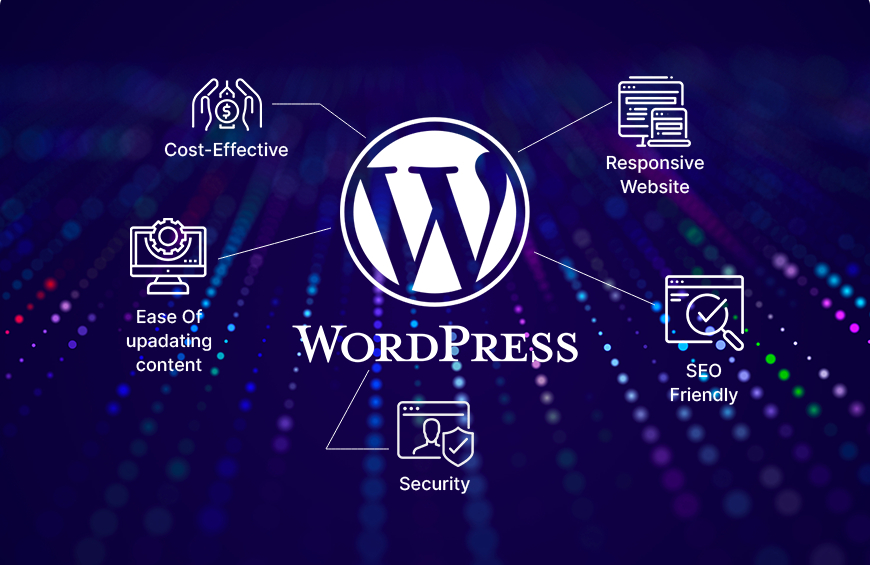CSP Insights
Your go-to source for the latest in news and information.
WordPress Development Secrets They Don't Teach You in Tutorials
Unlock hidden WordPress development tricks that tutorials overlook! Discover the secrets to elevate your skills and build better sites today.
Uncovering the Hidden Performance Boosts for Your WordPress Site
When it comes to optimizing your WordPress site, many users are unaware of the **hidden performance boosts** that can significantly enhance loading speeds and overall user experience. One of the first steps to uncovering these boosts is to evaluate your site’s current performance using tools like GTmetrix or Google PageSpeed Insights. These tools not only provide a performance score but also highlight areas needing improvement, such as image optimization, caching, and minification of CSS and JavaScript files. By implementing the suggested changes, you can see noticeable differences in speed and efficiency.
Another effective strategy for uncovering **hidden performance boosts** is to leverage powerful caching plugins such as WP Rocket or W3 Total Cache. These plugins assist in storing static versions of your website, which can greatly reduce server load and speed up page delivery. Furthermore, consider utilizing a Content Delivery Network (CDN) to distribute your content across multiple servers worldwide. This not only decreases the distance data travels but also enhances the site's performance for users located far from your server's physical location.

Essential Debugging Techniques Every WordPress Developer Should Know
Debugging is an essential skill for every WordPress developer, as it allows you to identify and resolve issues efficiently. One of the most effective techniques is to enable WP_DEBUG mode in your wp-config.php file. This built-in feature helps display critical error messages on the front end, making it easier to spot problems. Additionally, employing debugging plugins, such as Debug Bar or Query Monitor, can significantly enhance your debugging capabilities by providing in-depth information about database queries, PHP errors, and more.
Another crucial technique involves utilizing error logs to track and analyze issues. By enabling error logging in your wp-config.php, you can direct logs to a specific file, allowing you to review them later for troubleshooting. Incorporating var_dump and print_r functions can also help you inspect variable contents directly within your scripts. To summarize, mastering these essential debugging techniques not only streamlines your development process but also improves the overall performance and stability of your WordPress projects.
What WordPress Tutorials Won't Tell You About Security Best Practices
When it comes to WordPress security best practices, many tutorials tend to scratch the surface without delving into the finer details. One crucial aspect that often gets overlooked is the importance of strong passwords. It's essential to use a combination of upper and lower case letters, numbers, and symbols. Additionally, employing two-factor authentication (2FA) adds an extra layer of protection that basic tutorials frequently fail to emphasize. Remember that a secure password should never be less than 12 characters long and should be unique to your WordPress site.
Another area where tutorials often fall short is in the regular updating of themes and plugins. While most guides remind users about the importance of updates, they often neglect to highlight that ignoring these updates can leave your site vulnerable to attacks. It’s not just about the core WordPress updates; you should also regularly audit the plugins you have installed. Remove any that are outdated or unused. Following a structured approach, such as setting a monthly reminder to review and update your site, can significantly enhance your WordPress security and safeguard your content.